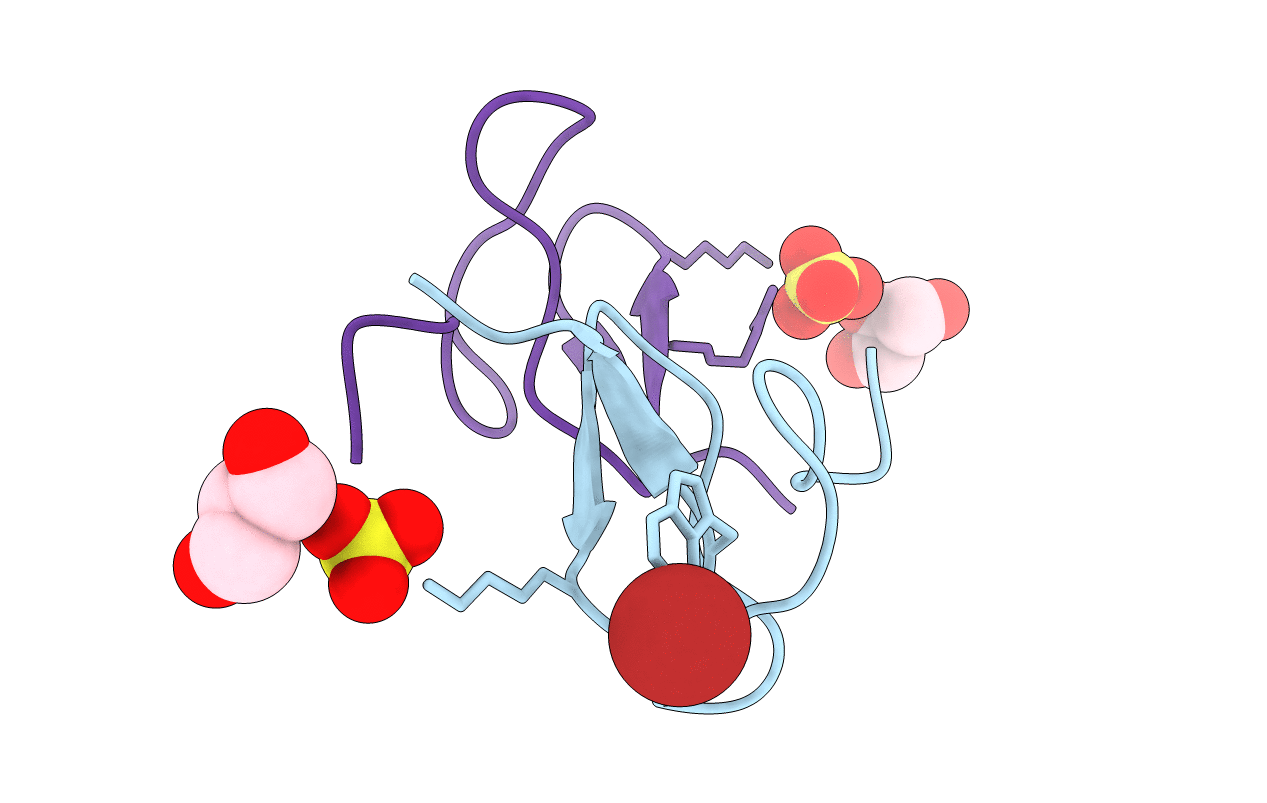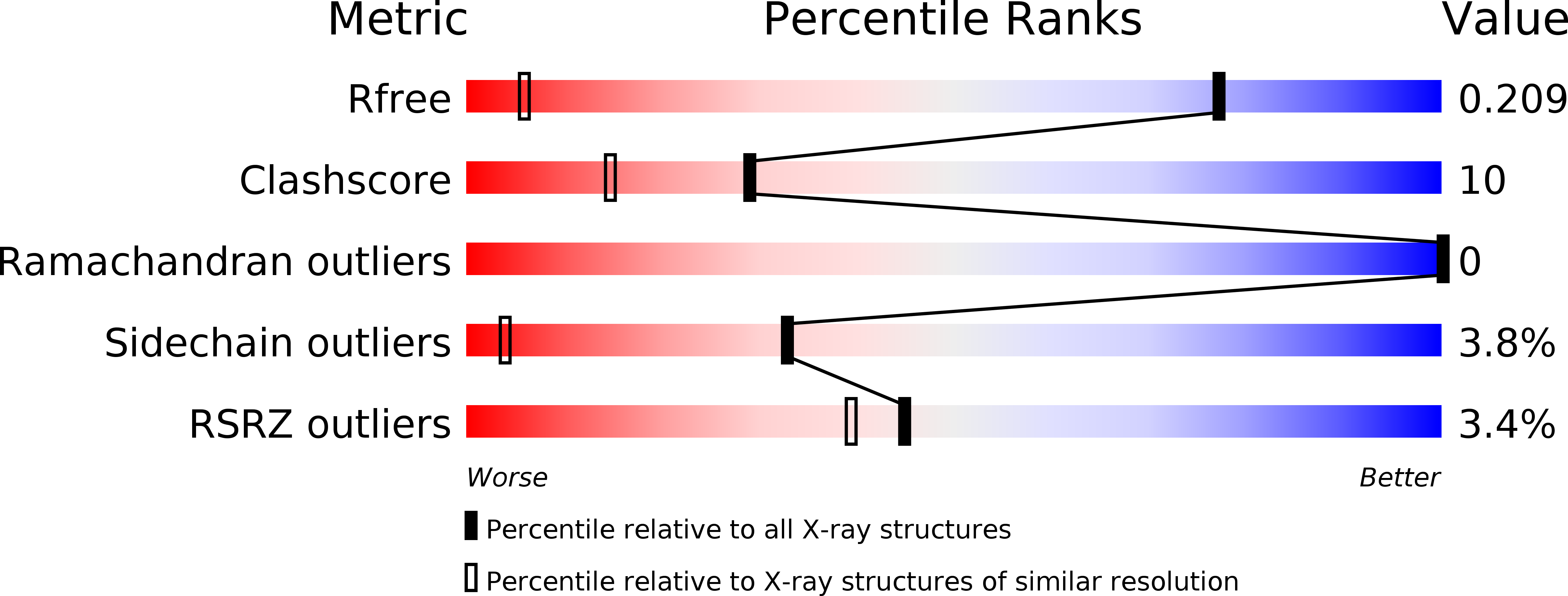
Deposition Date
2018-03-09
Release Date
2019-03-06
Last Version Date
2025-04-02
Method Details:
Experimental Method:
Resolution:
1.05 Å
R-Value Free:
0.20
R-Value Work:
0.18
R-Value Observed:
0.19
Space Group:
P 3 1 2


